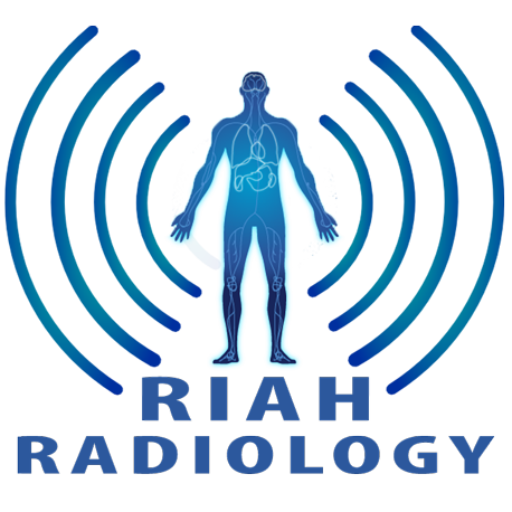A 3D mammography procedure is very similar to a 2D mammography procedure. First, our technicians will use an x-ray to scan the breast and generate 3D images at various angles. The typical scan only lasts about 4 seconds and the entire procedure lasts from 15-20 minutes. The images are available instantly and this allows quick diagnosis and consultation for the patient and medical professional.
Ultrasound can be especially useful for patients to evaluate suspicious regions that are felt during the breast exam or seen in the mammogram. Ultrasound is also useful to detect lesions that exist closer to the chest and for patients with dense breasts. Ultrasound can also determine the difference between water-filled cysts and other types of masses that occur in the breast area.
